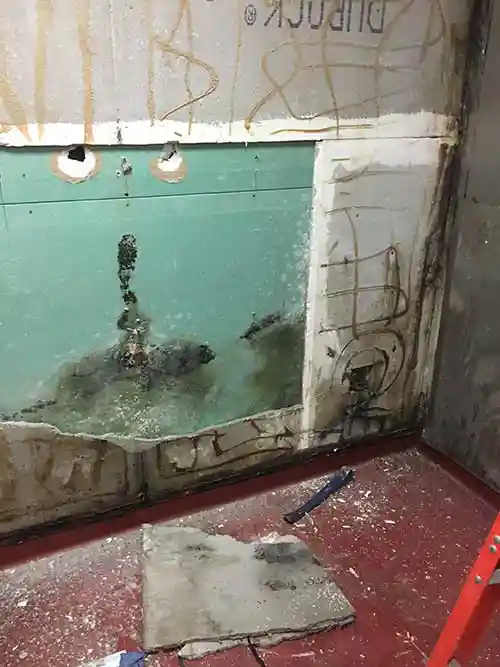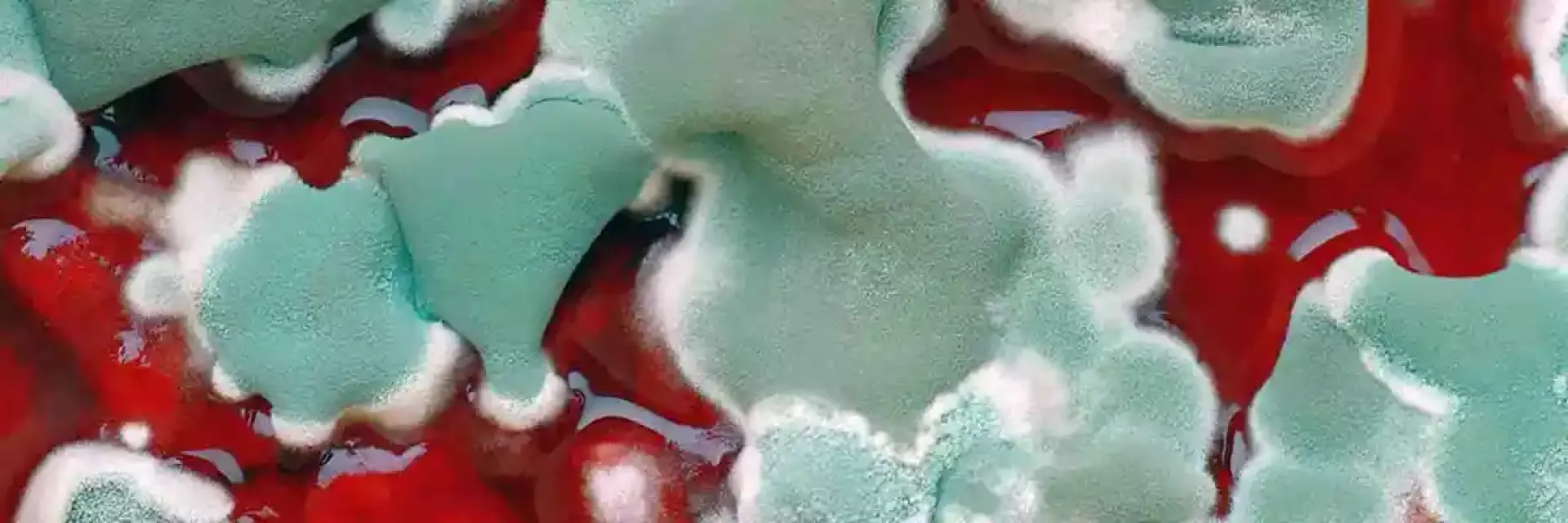What Is Mold?
For everything we hear about mold, you’re probably left wondering "why is mold bad" and, more importantly, "is mold dangerous?" Here’s some important information to make sure you know about how to identify mold and the dangers posed by mold growth.
Is Mold Bad?
Mold is a type of fungi that grows in multicellular structures called hyphae. These hyphae produce the mold spores that are found indoors and outdoors. Although mold spores are found everywhere, in order to grow, mold requires moisture. Therefore, mold can be particularly prevalent in refrigerators and shower rooms, after a water pipe leak, or in the aftermath of flooding. There are thousands of different species of mold; some are used to produce common things like medicine (namely penicillin) and foods. However, when mold grows in your home or business, it can be detrimental, causing property damage and health issues.
So, why is mold bad? Mold growth in or around your property is dangerous for two reasons. First, when mold starts to grow, it feeds on the materials it is growing on, resulting in irreversible damage. Second, mold releases tiny spores and byproducts into the air which can irritate or be the cause of many illnesses. If these are breathed in, they can cause respiratory problems. Stachybotrys Chartarum (commonly called black mold) is one common form of mold found in properties that can lead to such problems.
How Do You Know If You Have Mold
There are numerous ways to tell if you have mold in your home or business. Both sight and smell are the most simple and effective ways to identify mold growth indoors. This means that actively looking in mold-prone areas can play an important part in ensuring your building stays free of mold. Mold-prone areas include:
- Bathroom tile and grout
- Basement walls
- Under sinks
- Windows where moisture condenses
High humidity and poor ventilation can be common causes of mold in the home or business. This means that routine household activities that produce excess moisture – like drying clothes inside the home, hot showers and cooking can all be contributing factors or causes of mold growth. For homes or businesses that frequently have problems with high humidity or dampness, purchasing a dehumidifier and improving ventilation are proactive solutions to avoiding mold problems.

What Does Mold Smell Like?
Mold usually makes itself known through smell before it visually appears within your property. There are many words that could be used to describe the smell of mold -- usually it’s a wet, musty and stale odor. If you begin to notice this smell in your home or business, you should immediately look for the signs of mold. This odor also often leads to irritation of the nose and sneezing. Again, it’s vital that you investigate these symptoms as quickly as possible. Other signs of mold damage could include:
- Peeling wallpaper
- Dampness
- Dark or colored spots on walls
- Discolored carpet
- Grout between tiles begins to darken
- Health symptoms such as sneezing, a runny nose or asthma
One thing to be aware of is how quickly you can become accustomed to smells in your home or business. This makes it even more important to address an issue as soon as you notice it, before you get used to it and think it’s gone away. If you aren’t certain, asking a friend or family member who doesn’t live in the house if they can detect an abnormal smell can be helpful. If you smell mold but don’t see any visible mold growth, it’s wise to call a professional to do an assessment because there’s a chance mold may be hidden in or behind building materials.
What Causes Stachybotrys (Black Mold) To Grow?
Black mold typically refers to Stachybotrys Chartarum, which is one of several species of mold that produces a toxic byproduct called mycotoxins. Mycotoxins are created as the mold breaks down the building materials feeding its growth. Certain mycotoxins can cause health issues if they’re inhaled by humans or pets, particularly infants or those with pre-existing health conditions, which is why people sometimes refer to black mold as “toxic mold.”
Just like any type of mold, black mold requires constant moisture in order to grow. This means that mold could thrive in the aftermath of water damage from a flood or a burst water pipe. Similarly, issues with roof leaks, clogged gutters, or landscaping can lead to major moisture and mold problems. For black mold to survive, it needs the following:
- A nutrient source on a surface to grow on (e.g. drywall, carpet, wood, and ceiling tiles)
- Darkness
- Warmth
- At least 24 to 48 hours
Provided these conditions are met, mold can grow virtually anywhere. Ultimately, however, moisture is the most important factor. If your home or business has a problem with moisture, whether it’s condensation or water damage, mold can grow and begin damaging the materials on which it’s growing.

What Does Black Mold Look Like?
So, what does black mold look like? The term “black mold” is often used as an umbrella term to describe many different species of mold, making it difficult to offer a single description. However, Stachybotrys Chartarum -- one of the most commonly discussed “black mold” species -- will often present itself as a dark green, almost black color. It will probably appear with a slimy texture; this is due to a layer of moisture on top. Due to the similar appearance of different species of mold, the only way to determine the exact species is to get a mold remediation expert to look or provide laboratory testing by a third-party.
It is not always necessary for a third-party to conduct testing and develop a remediation plan because mold growth is typically removed using the same procedures regardless of the type of mold or cause of its growth. However, if the source of mold is unknown, or the extent of the mold growth is unknown (such as in walls, behind cabinets, etc.), it may be necessary to have testing completed and a remediation protocol written by a third-party.
Mold growth is a very common occurrence inside buildings and is no reason to panic. Having an awareness of the signs can help you put a removal or remediation plan into place as quickly as possible and avoid damage to both property and health. Finding out more about mold removal and remediation will help you make the right decisions when it comes to this.


